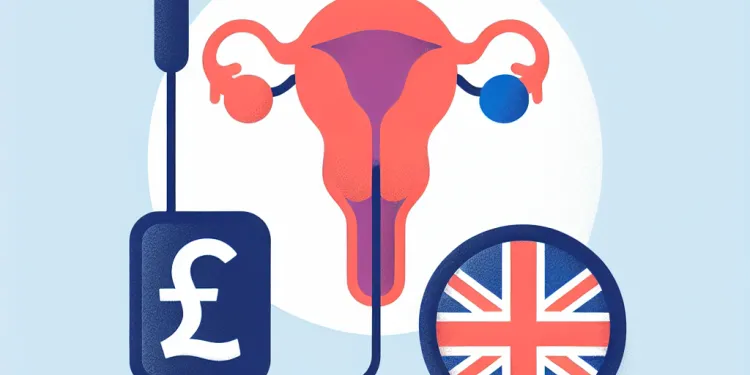
Find Help
More Items From Ergsy search
-
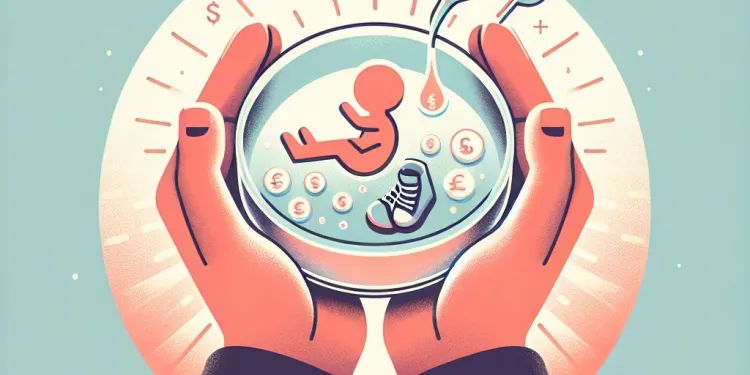
Is IVF successful?
Relevance: 100%
-
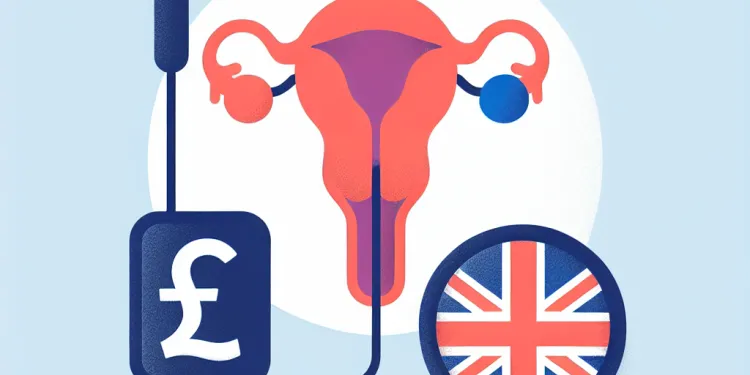
What is IVF?
Relevance: 100%
-

Are there risks associated with IVF?
Relevance: 95%
-
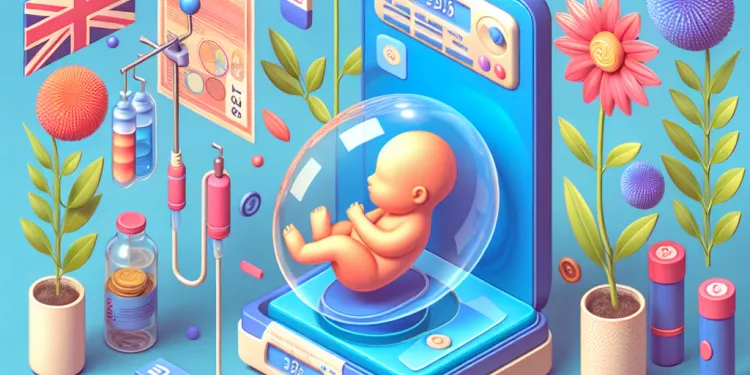
Who might need IVF?
Relevance: 93%
-

Does IVF guarantee pregnancy?
Relevance: 92%
-

How does IVF work?
Relevance: 90%
-
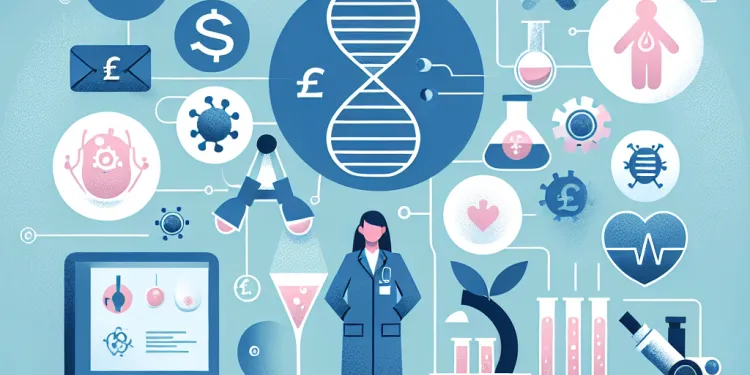
How is the sperm used in IVF?
Relevance: 90%
-

Does IVF require anesthesia?
Relevance: 89%
-
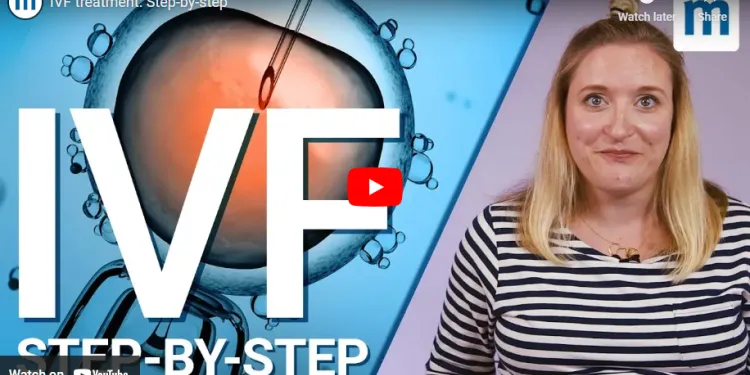
IVF Fertility Treatment from MumsNet
Relevance: 89%
-

What is IVF and how does it work?
Relevance: 88%
-

Infertility - IVF Treatment and Patient Information
Relevance: 87%
-
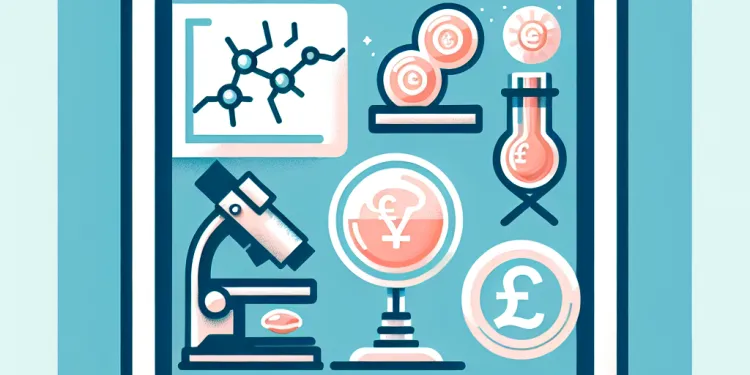
What is the role of the embryologist in IVF?
Relevance: 87%
-
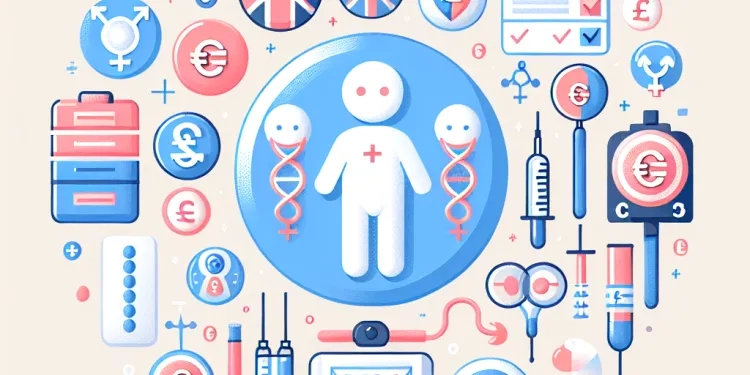
Can IVF be used for gender selection?
Relevance: 86%
-
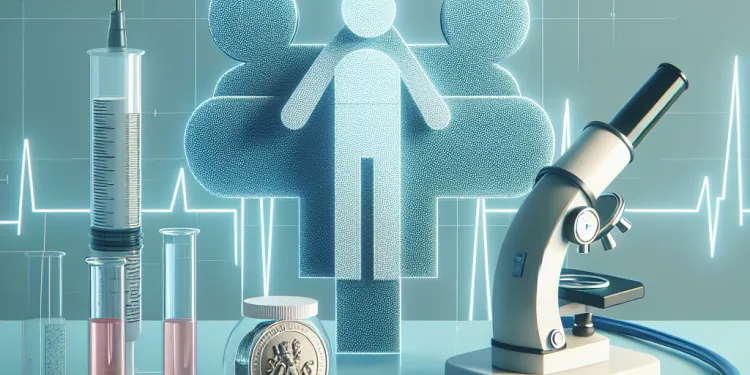
How do clinics determine if IVF is the right option?
Relevance: 86%
-

What are the main steps in an IVF cycle?
Relevance: 84%
-

Can IVF be done with donor eggs or sperm?
Relevance: 84%
-

What should I expect during IVF treatment?
Relevance: 84%
-

How long does an IVF cycle take?
Relevance: 83%
-

How many embryos are usually transferred in IVF?
Relevance: 82%
-
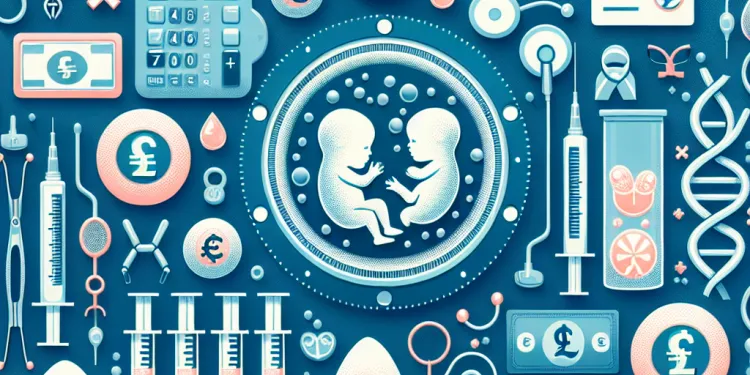
How are embryos transferred during IVF?
Relevance: 79%
-
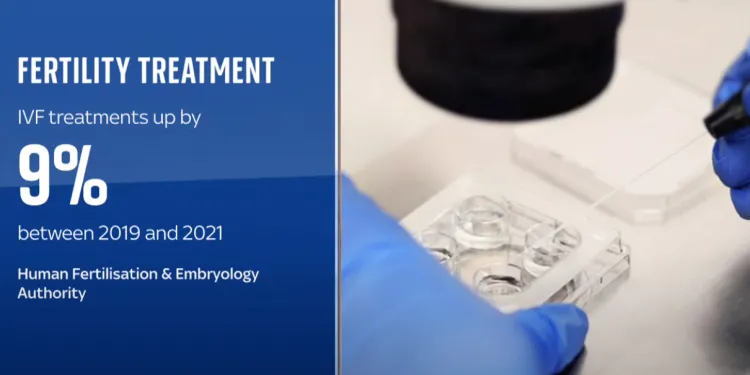
Fertility treatments on the up, but not via the NHS
Relevance: 39%
-

Female infertility explained
Relevance: 33%
-

How to apply for NHS funding to treat infertility
Relevance: 28%
-

What happens to unused embryos?
Relevance: 22%
-

What is egg retrieval?
Relevance: 20%
-

Is it safe for a partner of someone with HIV to have children?
Relevance: 13%
-

Can medications affect pregnancy test results?
Relevance: 13%
-
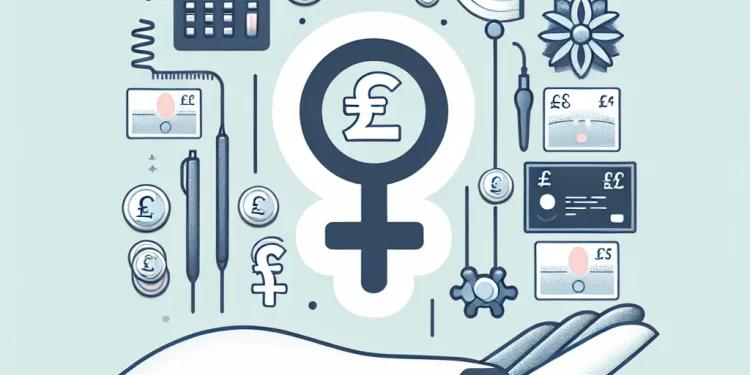
What are the reasons for female infertility?
Relevance: 13%
-
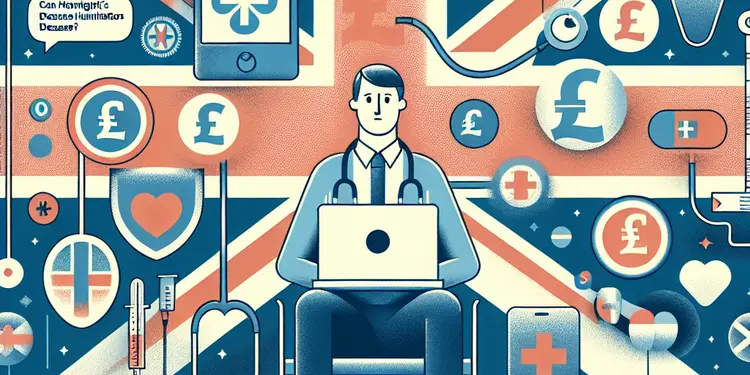
Can Huntington's disease be prevented?
Relevance: 13%
-

Ian Stones - Test him - Male Infertility
Relevance: 9%
-
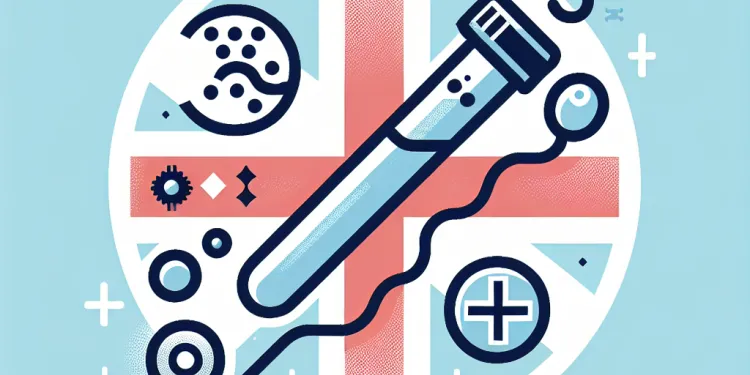
Is fertility affected by testicular cancer?
Relevance: 7%
What is IVF?
In vitro fertilisation, commonly referred to as IVF, is a complex series of procedures used to assist with the conception of a child. It involves the fertilisation of an egg by sperm outside the body, in a laboratory environment. Once fertilisation occurs, the resulting embryo is carefully monitored and then transferred to the uterus with the hope of achieving a successful pregnancy.
The IVF Process
The IVF process typically begins with the stimulation of the ovaries to produce multiple eggs. This is achieved through the administration of hormone injections. Once the eggs mature, they are retrieved from the ovaries using a needle guided by ultrasound. Sperm is then collected from the male partner or a donor, and the eggs are fertilized in the laboratory. The fertilised eggs (embryos) develop in a controlled environment for several days before one or more are transferred to the uterus. A pregnancy test is usually carried out two weeks after the embryo transfer to determine if the procedure was successful.
Why Choose IVF?
IVF can be an option for individuals or couples facing various fertility challenges, including blocked or damaged fallopian tubes, male factor infertility, ovulation disorders, or unexplained infertility. It can also be considered by those who have not been successful with other fertility treatments or those who wish to avoid passing on genetic disorders. Additionally, IVF is an option for same-sex couples or single individuals wishing to conceive a child.
Success Rates and Considerations
IVF success rates can vary significantly based on numerous factors, including the age of the woman, the underlying fertility issues, and the specific techniques used. Generally, younger women have higher success rates with IVF, as the quality of eggs tends to decline with age. It's important for individuals and couples to have realistic expectations and to discuss their individual circumstances with a fertility specialist. In the UK, there are guidelines from the National Institute for Health and Care Excellence (NICE) regarding who should be offered IVF on the NHS, though criteria can vary across different regions and Clinical Commissioning Groups (CCGs).
Emotional and Ethical Considerations
Undergoing IVF can be an intense emotional experience, often accompanied by a range of feelings including hope, anxiety, and stress. Individuals and couples are encouraged to seek support from counsellors, support groups, or mental health professionals. Moreover, ethical considerations such as the fate of unused embryos, the potential for multiple pregnancies, and the costs involved may also be significant factors to weigh when considering IVF.
What is IVF?
IVF stands for in vitro fertilisation. It is a way to help people have a baby. IVF means joining an egg and sperm together outside the body, in a lab. After this happens, the tiny baby (called an embryo) is placed in the woman’s womb. We hope the embryo will grow into a baby.
The IVF Process
The IVF journey starts by helping the woman's body make more eggs. This is done with special medicine called hormones. When the eggs are ready, a doctor takes them out with a needle. Then, sperm from a man or a donor is added to the eggs in the lab. After a few days, the best embryos are put into the womb. Two weeks later, a test tells you if it worked.
Why Choose IVF?
People might choose IVF for many reasons. Some have problems like blocked tubes, trouble with sperm, or no clear reason for not having a baby. Others tried other ways but need IVF. Same-sex couples or people without a partner might also use IVF to have a baby.
Success Rates and Considerations
IVF works better for some people than others. Younger women often have better chances. It's good to talk to a doctor to understand what to expect. In the UK, there are rules about who can have IVF on the NHS. These rules can be different depending on where you live.
Emotional and Ethical Considerations
IVF can be hard on feelings. People might feel hopeful or worried. It’s okay to ask for help from friends, counsellors, or support groups. There are also questions about what to do with unused embryos and the chance of having twins or more. It's important to think about the costs and how IVF makes you feel.
Frequently Asked Questions
What does IVF stand for?
IVF stands for In Vitro Fertilization.
How does IVF work?
IVF involves combining eggs and sperm outside the body in a laboratory dish to create an embryo, which is then transferred to the uterus.
Who might benefit from IVF?
IVF can help individuals or couples experiencing infertility due to factors like blocked fallopian tubes, male infertility, or unexplained infertility.
What are the main steps involved in IVF?
The main steps include ovarian stimulation, egg retrieval, sperm retrieval, fertilization, and embryo transfer.
What is ovarian stimulation?
Ovarian stimulation involves using fertility drugs to stimulate the ovaries to produce multiple eggs.
Is IVF the only option for assisted reproduction?
No, other options include intrauterine insemination (IUI), egg donation, and surrogacy, among others.
How long does an IVF cycle take?
A typical IVF cycle can take about four to six weeks from the start of ovarian stimulation to the embryo transfer.
What is the success rate of IVF?
IVF success rates vary depending on factors such as age and infertility causes, generally ranging from 20% to 40% per cycle.
Are there age limits for undergoing IVF?
While there's no definitive age limit, IVF success rates decline with age, especially for women over 40.
What are the potential risks of IVF?
Risks include multiple pregnancies, ovarian hyperstimulation syndrome, and complications from egg retrieval.
Can IVF increase the risk of birth defects?
Studies show a slight increase in birth defects with IVF, though the overall risk remains low.
How many embryos are usually transferred during IVF?
The number varies, but often one or two embryos are transferred to balance success rates with the risk of multiple births.
What happens to unused embryos?
Unused embryos may be frozen for future use, donated for research, or discarded according to the patients' wishes and local regulations.
Is IVF covered by insurance?
Coverage varies widely by insurance plan and location. It's important to check with your provider about specific benefits.
Can same-sex couples use IVF?
Yes, IVF, often combined with donor sperm or eggs, can assist same-sex couples in having children.
What is ICSI and how is it related to IVF?
ICSI, or intracytoplasmic sperm injection, involves injecting a single sperm directly into an egg and is often used with IVF for male infertility issues.
What are the emotional impacts of undergoing IVF?
IVF can be emotionally challenging due to stress, anxiety, and the emotional highs and lows associated with treatment.
Can lifestyle changes impact IVF success?
Yes, maintaining a healthy lifestyle, including proper diet and avoiding smoking and excessive alcohol, can positively influence success.
What is a frozen embryo transfer?
A frozen embryo transfer involves using embryos that were previously frozen and thawed for transfer into the uterus.
How much does IVF typically cost?
The cost of IVF varies by location and clinic but typically ranges from $12,000 to $15,000 per cycle, excluding medication and additional procedures.
What does IVF mean?
IVF is short for "In Vitro Fertilization." It's a way to help people have a baby.
If you need help reading, you can ask someone to read it with you or use a reading tool online.
IVF means making a baby outside the body. It's called In Vitro Fertilization.
How does IVF work?
IVF is a way to help people have a baby. It stands for In-Vitro Fertilization.
Here's how it works:
- Doctors take eggs from a woman's body.
- Doctors mix these eggs with a man's sperm in a lab.
- The eggs and sperm join together to make embryos.
- Doctors put one or more embryos into the woman's body.
If an embryo grows, it can turn into a baby.
To understand better, you can:
- Watch a video about IVF.
- Ask a doctor to explain.
- Look at pictures showing IVF steps.
IVF is a way to help people have a baby. It means mixing a mom's egg and a dad's sperm together in a special dish outside the body. This makes a baby’s start, called an embryo. Then, the embryo goes into the mom’s tummy.
Who can IVF help?
IVF can help people who have trouble having babies.
IVF is a way to help people have babies. It can help if a person or couple cannot have a baby because of problems like blocked tubes in the woman's body, issues with the man's sperm, or unknown reasons.
What happens in IVF?
IVF means making a baby with help from doctors. Here is what they do:
- Get Eggs: Doctors take eggs from a woman's body.
- Add Sperm: They put sperm with the eggs.
- Make an Embryo: The sperm and egg join to make a tiny baby called an embryo.
- Grow the Embryo: The embryo grows in a special place for a few days.
- Put in the Woman: Doctors put the embryo back in the woman's body. This helps the baby to grow.
Here are some things that can help:
- Use photos or drawings to see how it works.
- Talk to a doctor or nurse for more help.
- Ask questions if you don't understand.
The main steps are:
1. Make the ovaries produce eggs.
2. Take out the eggs.
3. Collect sperm.
4. Join the egg and sperm.
5. Put the baby egg back in the body.
Using pictures or videos can help understand these steps better.
Working with a helper or teacher can also make it easier to understand.
What is ovarian stimulation?
Ovarian stimulation is a process to help a woman's ovaries make more eggs. This can help when a woman wants to have a baby.
Sometimes a doctor will give medicine to make the ovaries work harder. This can help in having a baby.
If you find reading hard, you can ask someone to help explain it. Or you can use a tool that reads the text out loud.
Doctors use special medicine to help the ovaries make more eggs. This is called ovarian stimulation.
Is IVF the only way to have a baby with help?
Some people need help to have a baby. IVF is one way. But there are other ways too. Here are some other options:
- Medicines: Some people take special medicine to help them have a baby.
- IUI (Intrauterine Insemination): Doctors put the sperm directly into the woman’s body to help her get pregnant.
- Donor Eggs or Sperm: Sometimes people use eggs or sperm from another person.
- Surrogacy: Another person carries the baby for someone who can't.
It’s good to talk to a doctor. They can help pick the best way for you.
Helpful Tools: Drawing pictures can help understand better. Talking through with a friend or family member can also be comforting.
No. There are other ways to have a baby like IUI, which is when a doctor puts sperm inside the uterus. You can also use egg donation or have someone else carry the baby for you, called surrogacy.
How long does IVF take?
IVF is a way to help people have babies. It can take a little while to do.
An IVF cycle usually takes about 6 to 8 weeks. But this can be different for everyone.
If you are doing IVF, doctors and nurses will guide you and answer your questions. You can use a calendar to keep track of each step.
You can also ask a friend or family member to help you understand what happens next.
An IVF cycle usually takes about four to six weeks. This time is from when the medicine starts to help the ovaries make eggs until the embryo is put into the womb.
How successful is IVF?
IVF is a medical treatment that helps people have babies. It can work well, but not every time.
If you want to know how often IVF works, you can ask a doctor or look up information. Some websites have easy-to-read facts.
Helpful Tip: You can use pictures or videos to better understand how IVF works. There are also easy-to-read books about IVF.
How well IVF works can change based on different things like how old you are and why you can't have a baby. It usually works 20 to 40 times out of 100 tries.
Can someone be too old or too young for IVF?
There is no set age when you can't try IVF anymore. But, it gets harder for women over 40.
What can go wrong with IVF?
IVF is a way to help people have a baby. Sometimes, things can go wrong. Here are some problems that might happen:
- Feeling unwell: You might feel sick or get a sore tummy.
- More than one baby: Sometimes you might have twins or more.
- Expensive: IVF can cost a lot of money.
- Emotions: You might feel happy, sad, or worried.
It’s good to talk to doctors or nurses if you’re worried. They can help you understand.
There are some risks to think about. A woman might have more than one baby at a time. The ovaries could get too big and hurt. Also, there could be problems when doctors take out the eggs.
Does IVF make birth problems more likely?
Some studies say that there might be a small rise in birth problems when using IVF. But the chance of it happening is still small.
How many embryos are put into the womb during IVF?
When doctors do IVF, they put tiny babies, called embryos, into the mom's womb. The number can be different for each mom.
Most often, 1 or 2 embryos are put in to help the mom get pregnant.
It is important for doctors and parents to talk about this and decide what is best.
If you want to know more or need help, you can ask a doctor or use picture books or apps that explain IVF.
Doctors usually put one or two tiny babies, called embryos, into the mother's belly. This helps to make sure the baby grows well, but not too many babies grow at once.
What happens to embryos that are not used?
There are three things you can do with unused embryos:
- You can freeze them to use later.
- You can give them to scientists for research.
- You can throw them away.
What you do depends on what you want and the rules where you live.
Tip: Ask a doctor or nurse if you need help understanding or deciding.
Does insurance help pay for IVF?
IVF is a way to help people have babies. It can cost a lot of money.
Sometimes insurance can help pay for IVF. Insurance is like a safety net that helps pay for things when they happen.
You should ask your insurance company if they help with the cost of IVF. You can do this by calling them or checking their website.
If you find it hard to understand, you can ask someone you trust to help you.
Tools like talking to a helper or using simple apps can make it easier to find out more.
What your insurance pays for can be different depending on your plan and where you live. You should ask your insurance company what they cover.
Can same-sex couples have babies using IVF?
Yes, IVF can help same-sex couples have babies. They might use donor sperm or eggs to do this.
What is ICSI and how is it related to IVF?
ICSI is a way to help make a baby. It stands for Intracytoplasmic Sperm Injection. It is a part of a bigger process called IVF, which means In Vitro Fertilization. ICSI helps when a man's sperm can't reach the woman's egg on its own. A doctor puts one sperm into one egg to help them join and start growing a baby.
If reading is hard, you can ask for help from a parent or a teacher. You can also use picture guides or videos that explain more about ICSI and IVF.
ICSI is a way to help make a baby. A doctor puts one sperm into an egg. It helps if the man is having trouble making a baby. It is used with another baby-making method called IVF.
How does IVF make you feel?
When people go through IVF, it can make them feel lots of different things. IVF is when doctors help make a baby using special medicine and machines.
IVF can be hard on your feelings. Some people feel worried or sad. Others might feel happy or hopeful. It's okay to feel a mix of things. Everyone feels differently.
If you're feeling many emotions, talking to someone can help. You could talk to a friend, a family member, or a counselor. Writing in a journal or drawing pictures can also help you understand your feelings better.
IVF can be hard on your feelings. It can make you feel worried, stressed, or up and down with your emotions during the treatment.
Can Changing How You Live Help IVF Work?
Yes, staying healthy can help you do well in life. Eat good food and don't smoke or drink too much alcohol.
What is a frozen embryo transfer?
A frozen embryo transfer, or FET, is when a doctor puts a tiny baby (embryo) into a woman's tummy (uterus) to help her have a baby. The tiny baby was kept safe in a freezer until it was ready. Doctors do this to help families have a baby.
If you want to know more, ask a grown-up or a doctor. They can help explain it.
A frozen embryo transfer is when doctors use tiny seeds called embryos. These embryos were frozen before and then warmed up. After that, they put the embryos into the mother's tummy, where a baby grows.
It can help to use pictures or simple videos to understand how this works better.
How much does IVF usually cost?
IVF is a way to help people have a baby. It usually costs a lot of money. The price can be different depending on where you live. Sometimes, it can be much higher in some places.
If you want to know the price for you, it is a good idea to talk to a doctor or a clinic about it.
If reading is tricky, you can try:
- Asking someone to read it to you
- Using text-to-speech tools
The cost of IVF (a way to help people have babies) is different in each place. It usually costs between $12,000 and $15,000 each time you try. But, this does not include the cost of medicine and other things you might need.
Useful Links
- Ergsy carfully checks the information in the videos we provide here.
- Videos shown by Youtube after a video has completed, have NOT been reviewed by ERGSY.
- To view, click the arrow in centre of video.
- Most of the videos you find here will have subtitles and/or closed captions available.
- You may need to turn these on, and choose your preferred language.
- Go to the video you'd like to watch.
- If closed captions (CC) are available, settings will be visible on the bottom right of the video player.
- To turn on Captions, click settings .
- To turn off Captions, click settings again.
More Items From Ergsy search
-

Is IVF successful?
Relevance: 100%
-

What is IVF?
Relevance: 100%
-

Are there risks associated with IVF?
Relevance: 95%
-

Who might need IVF?
Relevance: 93%
-

Does IVF guarantee pregnancy?
Relevance: 92%
-

How does IVF work?
Relevance: 90%
-

How is the sperm used in IVF?
Relevance: 90%
-

Does IVF require anesthesia?
Relevance: 89%
-

IVF Fertility Treatment from MumsNet
Relevance: 89%
-

What is IVF and how does it work?
Relevance: 88%
-

Infertility - IVF Treatment and Patient Information
Relevance: 87%
-

What is the role of the embryologist in IVF?
Relevance: 87%
-

Can IVF be used for gender selection?
Relevance: 86%
-

How do clinics determine if IVF is the right option?
Relevance: 86%
-

What are the main steps in an IVF cycle?
Relevance: 84%
-

Can IVF be done with donor eggs or sperm?
Relevance: 84%
-

What should I expect during IVF treatment?
Relevance: 84%
-

How long does an IVF cycle take?
Relevance: 83%
-

How many embryos are usually transferred in IVF?
Relevance: 82%
-

How are embryos transferred during IVF?
Relevance: 79%
-

Fertility treatments on the up, but not via the NHS
Relevance: 39%
-

Female infertility explained
Relevance: 33%
-

How to apply for NHS funding to treat infertility
Relevance: 28%
-

What happens to unused embryos?
Relevance: 22%
-

What is egg retrieval?
Relevance: 20%
-

Is it safe for a partner of someone with HIV to have children?
Relevance: 13%
-

Can medications affect pregnancy test results?
Relevance: 13%
-

What are the reasons for female infertility?
Relevance: 13%
-

Can Huntington's disease be prevented?
Relevance: 13%
-

Ian Stones - Test him - Male Infertility
Relevance: 9%
-

Is fertility affected by testicular cancer?
Relevance: 7%